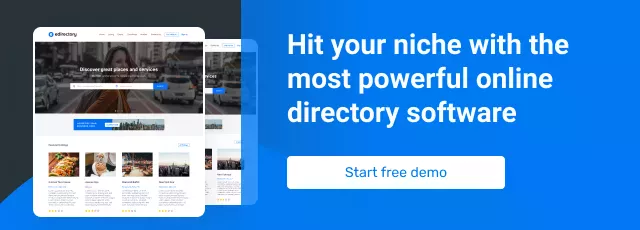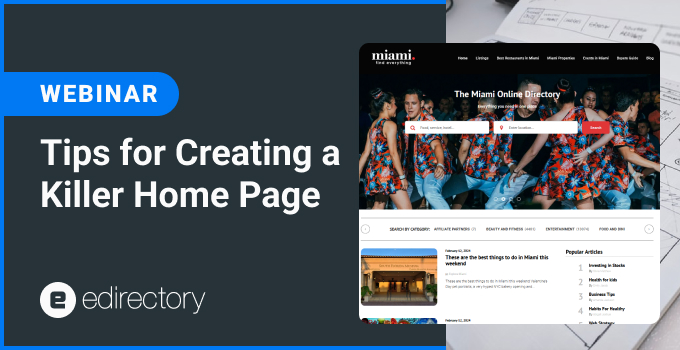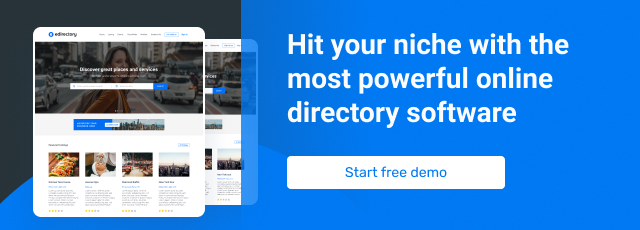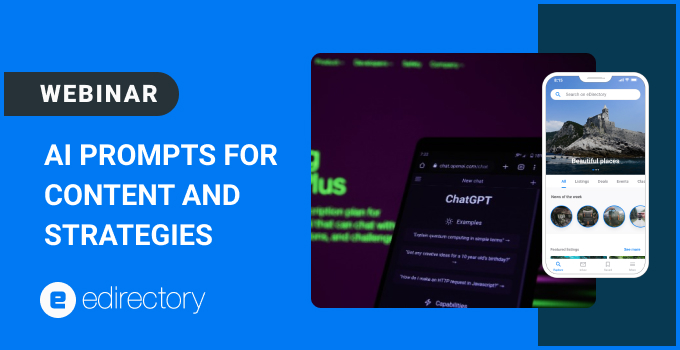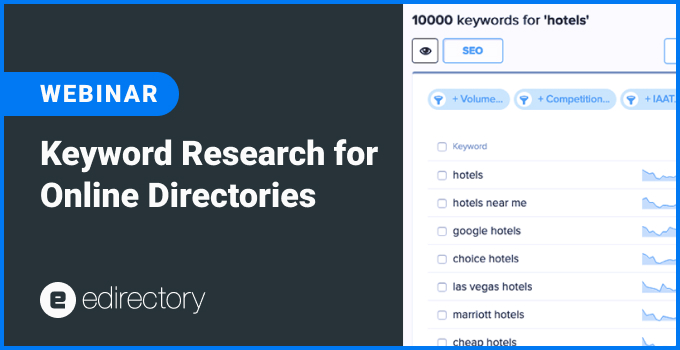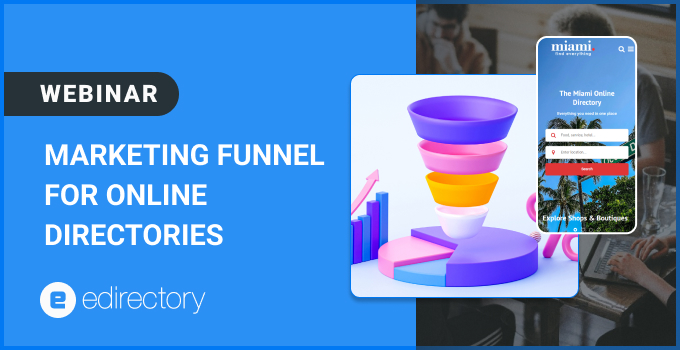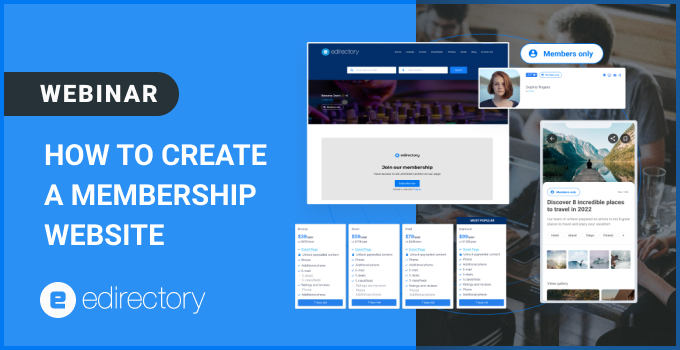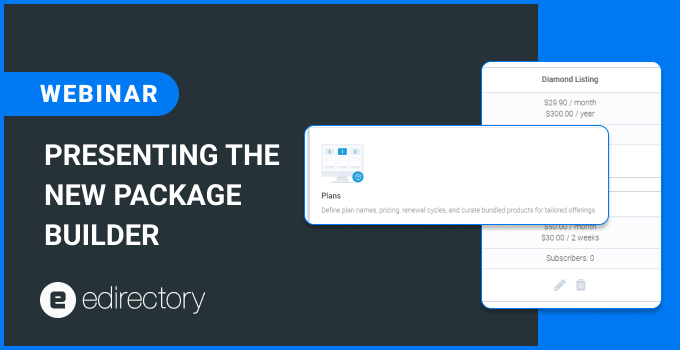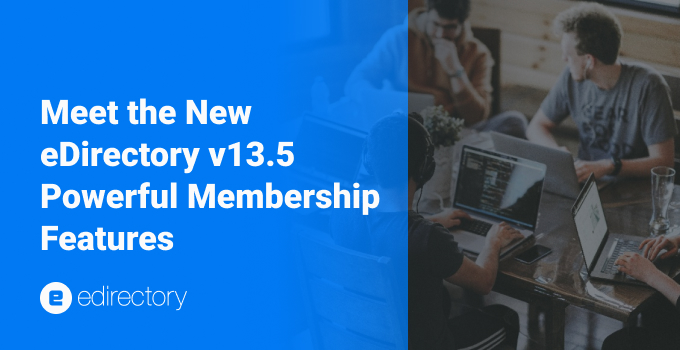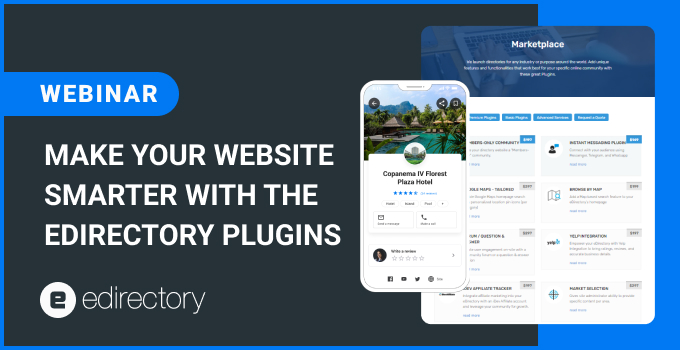
In yesterday’s webinar, we explored how eDirectory plugins can unlock the full potential of your online directory. Here’s a summary of the key points covered and the benefits of these powerful tools.
What Are eDirectory Plugins?
eDirectory is a feature-rich platform designed to help entrepreneurs and organizations build and manage online directories effortlessly. One of its standout features is the ability to integrate plugins—tools that expand the functionality of your directory and enhance its appeal to users.
These plugins cater to a variety of needs, from improving user engagement to streamlining navigation and enabling advanced marketing capabilities. Below, we highlight some of the most impactful eDirectory plugins and their benefits:
1. Instant Messaging
This plugin enables real-time communication between users and business owners listed in the directory. It’s an excellent way to facilitate inquiries, boost conversions, and foster trust between users and service providers.
2. Tailored Google Maps
With this plugin, you can customize Google Maps to provide a more tailored experience. Highlight specific locations, draw boundaries, or offer advanced search filters to make finding businesses or services more intuitive for your audience.
3. Advanced Reviews
User-generated reviews are crucial for establishing credibility. The Advanced Reviews plugin allows businesses to showcase detailed ratings and reviews, encouraging transparency and building trust among users.
4. Leads Distribution
For directories focusing on lead generation, this plugin ensures that user inquiries are distributed to the most relevant businesses based on predefined criteria. This helps connect users to the right services quickly and efficiently.
5. Market Selection
Perfect for directories serving multiple regions or categories, the Market Selection plugin enables users to filter and browse based on specific markets. This adds a layer of precision, making the directory more user-friendly and relevant.
6. Geo-Targeted Banner Ads
This plugin allows you to offer advertisers the ability to target specific geographic regions. It’s a fantastic monetization tool, giving businesses the chance to reach their ideal audience while providing users with relevant advertisements.
7. Modal Widget (Popups)
Easily create popups to highlight special promotions, important announcements, or call-to-action messages. This plugin is perfect for grabbing user attention without disrupting the browsing experience.
8. Google Translate
Expand your directory’s reach to international audiences by integrating Google Translate. This plugin automatically translates content into multiple languages, breaking down language barriers and increasing accessibility.
9. Forum/Q&A
Boost user engagement by incorporating a forum or Q&A section where users can interact, share knowledge, and exchange recommendations. This creates a sense of community and encourages repeat visits.
10. Yelp Integration
Leverage Yelp’s vast database to pull reviews and ratings directly into your directory. This plugin provides additional credibility to listed businesses and offers users a richer browsing experience.
Webinar: Make your Online Directory Smarter with the eDirectory Plugins
Why Use eDirectory Plugins?
By incorporating eDirectory plugins into your online directory, you can:
- Enhance user experience: Make navigation easier, improve interactivity, and offer personalized features.
- Increase engagement: Keep users on your platform longer with dynamic tools like forums and popups.
- Boost monetization: Plugins like Geo-Targeted Banner Ads provide new revenue opportunities.
- Expand reach: Google Translate and Yelp Integration open doors to new audiences and add credibility.
- Streamline operations: Tools like Leads Distribution simplify complex tasks, saving time for directory administrators.
Conclusion
The webinar showcased how eDirectory plugins can help transform a basic online directory into a dynamic, feature-rich platform that stands out in any market. Whether you’re looking to improve user engagement, increase monetization, or simplify your workflow, there’s an eDirectory plugin to meet your needs.
Ready to take your online directory to the next level? Explore the full range of plugins available with eDirectory and see how these tools can elevate your directory today.
USEFUL LINKS AND TOOLS MENTIONED IN THE WEBINAR
*We are not affiliated, associated, authorized, endorsed by, or in any way officially connected to the tools and sites mentioned in the webinar.
This session was recorded on November 20th, 2024.
- Don’t forget to register for eDirectory’s next Webinar.
- Join our closed Facebook Group for tips and news
- Do you want to know what eDirectory can do for you? Sign up for a free guided Demo here.
Want more tips? Shoot us a note at marketing@eDirectory.com.


